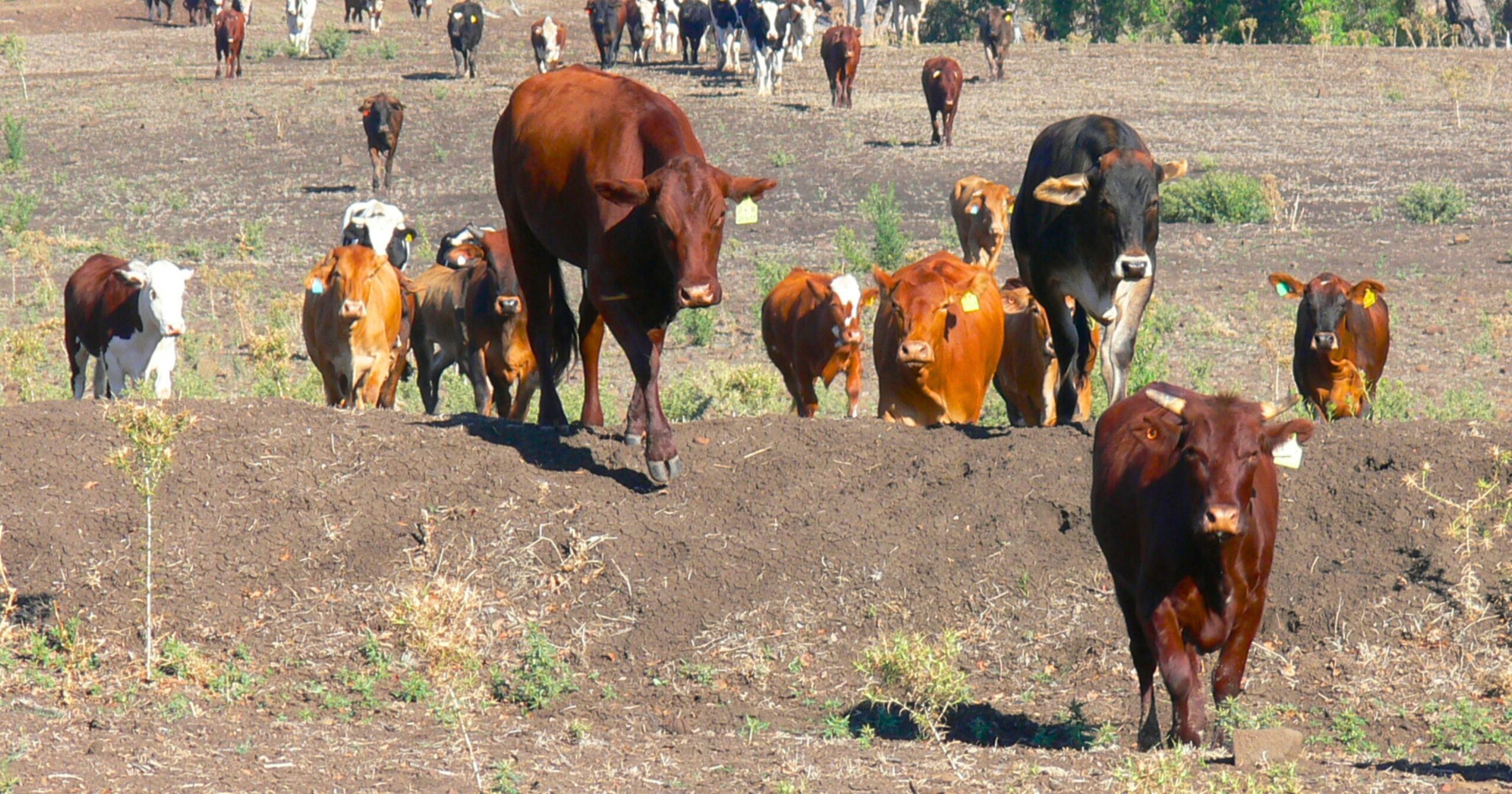New planes expandVictoria’s air ambulance fleet
FOUR new fixed-wing aircraft have joined Victoria’s air ambulance fleet, expanding the state’s capacity to provide emergency medical care and patient transport across long distances.
Minister for Ambulance Services Mary-Anne Thomas said the new aircraft would help paramedics deliver faster and safer care.
“Emergency care in Victoria is soaring to new heights, with our four new high-tech planes making our fleet the most innovative in Australia and helping our paramedics do what they do best, save lives,” she said.
The new planes were unveiled on Saturday at Ambulance Victoria’s Essendon Airport base, where Ms Thomas toured the aircraft and met with crews.
The fleet now includes two Beechcraft King Air 260s and two King Air 360s, which replace the previous fixed-wing aircraft as part of a $345 million, 12-year partnership with Toll Aviation.
Ambulance Victoria said the new planes were equipped with upgraded medical technology and mechanical stretcher-loading systems that can reduce patient transfer times by up to 20 minutes.
With a range of more than 3000 kilometres and a top speed of 574 km/h, the aircraft can transport patients across Victoria and interstate, including to New South Wales and Tasmania.
Two of the new planes operate 24 hours a day, while a third operates for 16 hours on weekdays.
The fourth plane is rotated into service while others undergo maintenance.
Deputy Premier and Niddrie MP Ben Carroll said the new planes were already making a difference.
“Our Essendon Airport-based Air Ambulance fleet delivers exceptional care for patients right across Victoria, with the innovative technology in these new planes making a real difference for some of our sickest Victorians,” he said.
Ambulance Victoria’s air ambulance service was established in 1962 and now includes five helicopters in addition to the fixed-wing fleet. It provides emergency and non-emergency transport for patients in rural areas who require specialist treatment, including trauma, cardiac, chemotherapy or surgery.
The service transported 5355 patients in the 2023–24 financial year.



















